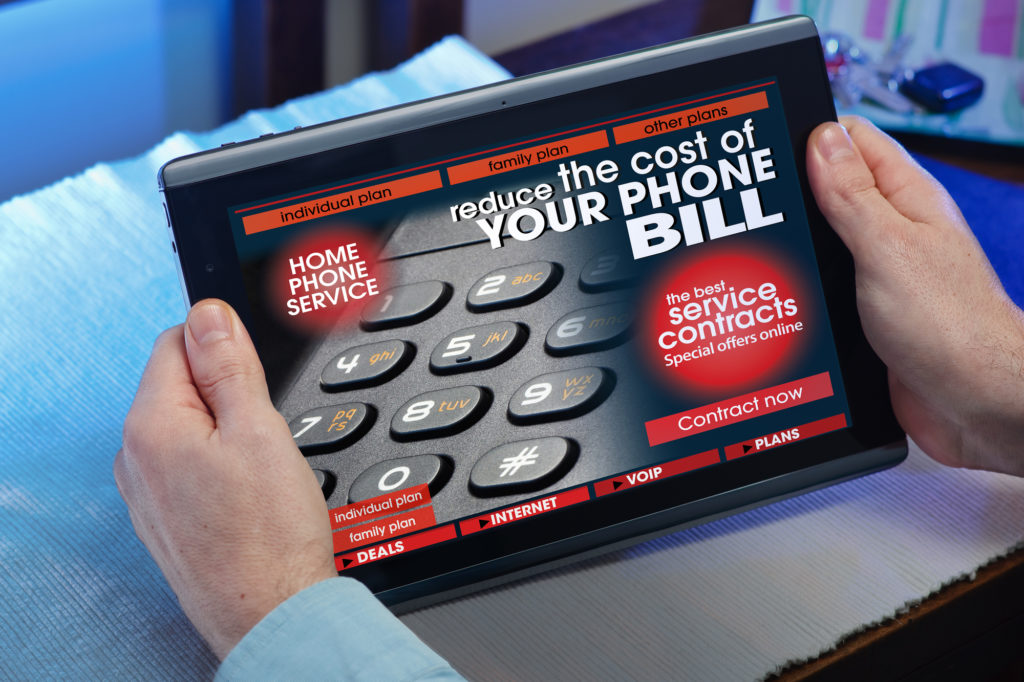(505) 219-1750
ALBUQUERQUE BUSINESS PHONE SYSTEMS FIBER OPTIC CABLING

Multi-Mode Fiber Optic Cabling (MMF)
Multi-mode fiber (MMF), as the name suggests, allows multiple light waves (modes) to travel simultaneously through the fiber. It uses a larger core than single-mode fiber, typically ranging from 50 to 100 microns in diameter.
Key Characteristics:
Core Size: The core of a multi-mode fiber cable is larger, typically between 50 and 100 microns in diameter, allowing multiple light modes to propagate.
Light Transmission: Multi-mode fiber uses LED lights or other light sources to send multiple signals simultaneously down the fiber, resulting in more dispersion and some signal loss over longer distances.
Transmission Distance: Multi-mode fiber is designed for shorter distances, typically up to 2 kilometers (or less) depending on the application.
Speed: Multi-mode fiber can handle high-speed data transfer, though it generally supports lower speeds than single-mode fiber due to light dispersion across different modes.
Cost: Multi-mode fiber cables and equipment are generally less expensive than single-mode fiber, making it a more cost-effective option for shorter-distance applications.
Applications:
Local Area Networks (LANs): Multi-mode fiber is often used within data centers, buildings, and campuses where the distance between devices is relatively short.
Storage Area Networks (SANs): It’s a common choice for connecting servers, storage systems, and other network devices within data centers.
Benefits:
Cost-Effective for Short Distances: Multi-mode fiber is less expensive to install, making it a practical choice for networks within a single building or short-distance communications.
Easier Installation: Due to the larger core size, multi-mode fiber is easier to work with, requiring less precise alignment during installation compared to single-mode fiber.
The Phone Guy of New Mexico
Fiber Optic Cabling, Install, Repair, & Maintenance, Service Albuquerque
In today’s fast-paced business world, having a reliable, high-speed internet connection is crucial for maintaining productivity and ensuring smooth operations. Fiber optic cabling offers the most advanced solution to meet these demands, providing faster speeds, greater bandwidth, and superior reliability compared to traditional copper cabling.
Benefits of Fiber Optic Cabling for Businesses
Higher Speeds: Fiber optic cables can handle data transmission speeds of up to 1 Gbps or higher, which is essential for businesses that rely on large volumes of data or cloud-based applications. This enables faster uploads and downloads, smoother video conferences, and improved overall performance.
Scalability: As your business grows, so does your data and communication needs. Fiber optic cabling allows for easy upgrades and scalability without the need for major infrastructure overhauls. You can increase your bandwidth as required, ensuring that your network can evolve with your business.
Enhanced Reliability: Fiber optic networks are less susceptible to interference from electrical signals, weather conditions, and other environmental factors. This results in fewer disruptions and greater consistency in service, ensuring that your business operations run smoothly.
Increased Security: Fiber optic cables are harder to tap into, providing a higher level of security for sensitive business data. The light signals used in fiber optics are also less prone to external interception, making your network more secure than traditional copper-based systems.
Cost-Effectiveness Over Time: While the initial installation of fiber optic cabling can be more expensive, the long-term benefits outweigh the upfront costs. With minimal maintenance requirements and the ability to support faster speeds over greater distances, fiber optic networks are a cost-effective choice for businesses seeking reliable performance.
Two industry standards for Fiber Optic Cabling:
Fiber optic cabling comes in various types, each designed to meet specific performance requirements and use cases. The two primary industry standards for fiber optic cabling are Single-Mode Fiber Optic Cabling and Multi-Mode Fiber Optic Cabling. Both types of fiber optic cables have distinct features, advantages, and applications.
Single-Mode Fiber Optic Cabling (SMF)
Single-mode fiber (SMF) is designed to carry a single light wave (or mode) of light directly down the fiber. This design minimizes signal attenuation and allows for higher transmission distances and faster speeds.
Key Characteristics:
- Core Size: The core of a single-mode fiber cable is very small, typically around 8 to 10 microns in diameter.
- Light Transmission: It uses a single light wave, typically from a laser source, to transmit data. This results in less signal reflection and attenuation.
- Transmission Distance: Single-mode fiber is capable of transmitting data over much longer distances—up to 100 kilometers (or more) without requiring signal boosters or repeaters.
- Speed: It supports very high bandwidth and high-speed data transfer, often reaching speeds of 10 Gbps or more.
- Cost: Single-mode fiber cables and associated equipment tend to be more expensive than multi-mode fiber, primarily because they require more precise installation and alignment.
Applications:
- Long-Distance Communication: Single-mode fiber is ideal for telecommunications, internet backbone infrastructure, and data centers that require long-distance communication without signal degradation.
- High-Speed Networks: It is the preferred choice for high-speed internet connections, especially over long distances.
Benefits:
- Higher Bandwidth and Speeds: With less signal loss over long distances, single-mode fiber is capable of faster speeds and higher capacity.
- Longer Reach: It can carry data over longer distances, making it suitable for large networks and wide-area applications.